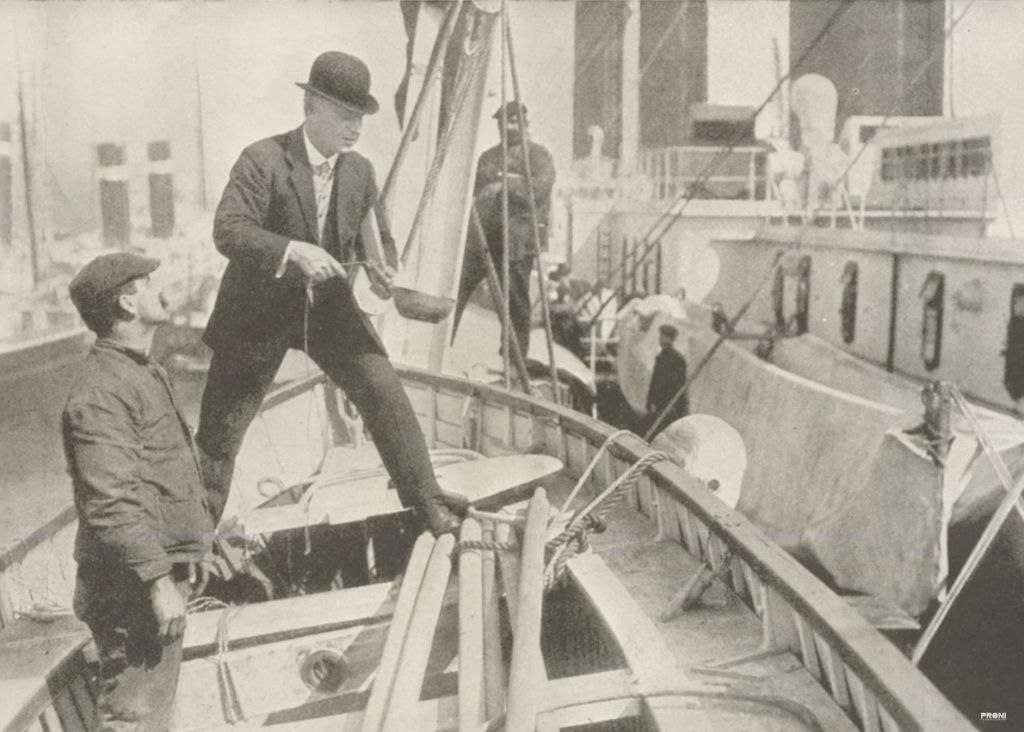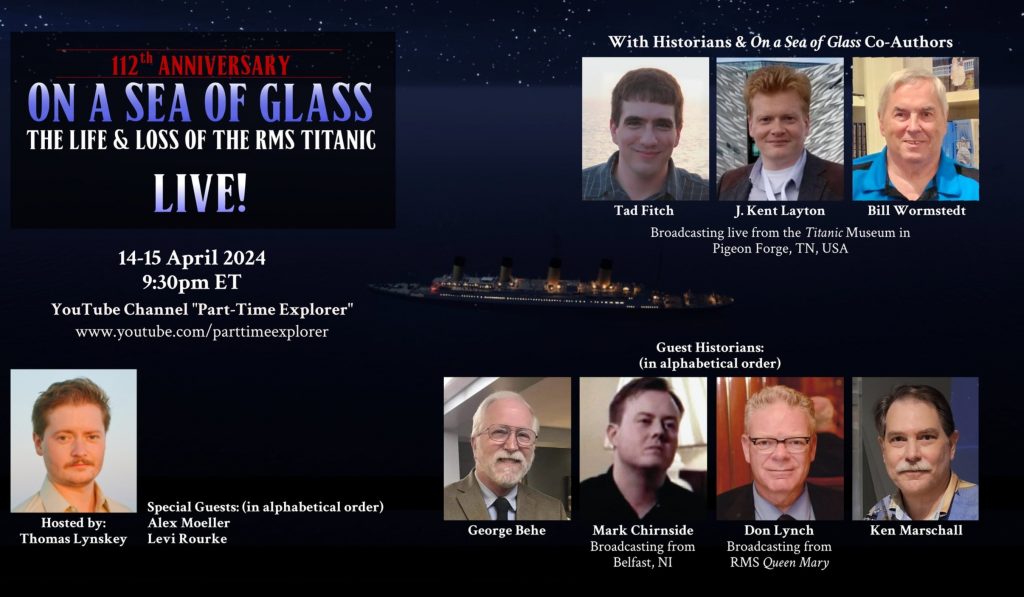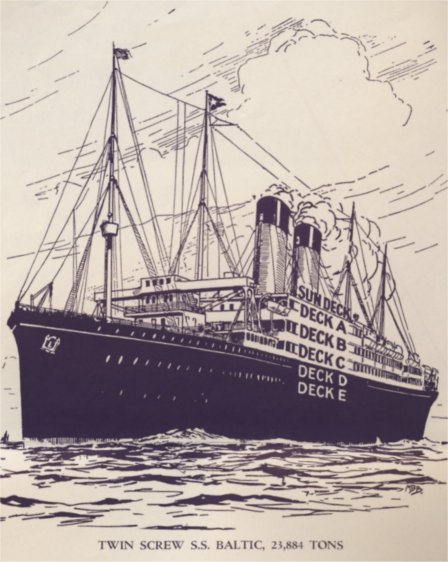Titanic‘s ‘Achilles Heel’? Steam & Splendor Podcast – Season 1 Episodes 3-4 Mark Chirnside

I have to say that it’s the best Titanic related media I’ve ever heard or seen…your contribution to dispelling the myths is just outstanding. Compelling and fascinating.
All too often, sensationalist claims are made in the media about Titanic and the disaster which befell her. A typical theme is claims of an ‘Achilles Heel’, design ‘flaws’, poor materials or even that Titanic was doomed from the start. The mundane reality that Titanic was a well built and designed ship, which sank because she sustained extraordinary damage as a result of an awesome encounter with an iceberg, does not make headlines.
I was pleased to participate in two podcast episodes where we discussed a large number of these issues over the course of nearly two hours. We covered a great deal of material. Grab a coffee and listen in!
Part 1: Hosts Tad Fitch and J. Kent Layton are joined by author and researcher Mark Chirnside for an eye-opening discussion that challenges everything you thought you knew about the Titanic and her sister ships. Over the years, myths have surfaced claiming these iconic liners were poorly designed, made with subpar materials, and doomed from the start. But how much of that is actually true? Join us as we discuss the allegations, break down what the actual historical documentation and context indicates, and dispel some long-held myths.
Part 2: Join hosts Tad Fitch and J. Kent Layton as they continue their discussion with researcher Mark Chirnside, diving into the historical record to uncover the truth about the safety, reliability, and durability of the Titanic and ‘Olympic’ Class ships. How well-designed and safe was RMS Olympic—both before and after its post-Titanic disaster refit? Tune in as they examine the evidence, compare the design of these ships to their contemporaries and debunk long-held myths.

















